Best Backend Languages for Android App
The information from this article will help you decide which programming language or framework is better to choose for backend development for an android application.
When beginning a new Application development project, the programming language or framework issue is still present. It is a constant dilemma of so many diverse development languages and platforms present in the market. However, to choose the best backend language for applications, you have to follow the complete article.
Multiple programming languages and frameworks are discussed here, where you can select your most suitable one. Whenever we choose a language, it’s hard to choose one that is 100% correct and according to your requirements. So it is important to choose backend languages considering all points and information given inside this article.
What Backend Languages are Used for Android App Development?
Developer can use the following programming languages for the backend development of Android apps:
- JavaScript
- Python
- PHP
- Java
- Kotlin
- C++
- C#
Have you considered learning to code to create Android apps? The first step is to determine which programming language to pursue. In the beginning, there were only a few languages to develop a mobile application, one for iOS and another for Android. However, there are now many languages, frameworks, SDKs, and software available to help you create an app.
What’s the Best Backend Language for Android App Development in 2021?
The most popular languages for backend development today are the following three technologies:
#1 Node.js
Rather than a framework or library, Node.js is a development area based on a JavaScript engine. This technology was introduced at the annual JSConf in 2009, and it soon became known as “the most thrilling single software package in the modern JavaScript environment”.
According to Google Trends, competition in this innovation increased in 2017 and continues to be strong. Its continuous popularity is because of its qualities like scalability, fast delivery, no extra burden and easy to manage libraries. These features lead the developers to choose Node.js repeatedly.
#2 Python
Python is rapidly gaining popularity not only in developers but also in students. The main reason behind its enormous success in its 28 years is its multiple frameworks and libraries that make the development extremely easy. Its high speed and reliability help the developer to generate significant achievements.
#3 PHP
PHP is old technology in the development world. However, this feature adds to its value. Because people like things that have some legacy. Another thing that makes it super popular with developers is its CMS, WordPress. in this era; we have unlimited applications built in WordPress. WordPress provides versatility and scalability to your application. Its award-winning frameworks also have substantial impacts on its popularity.
Javascript Backend for Android App
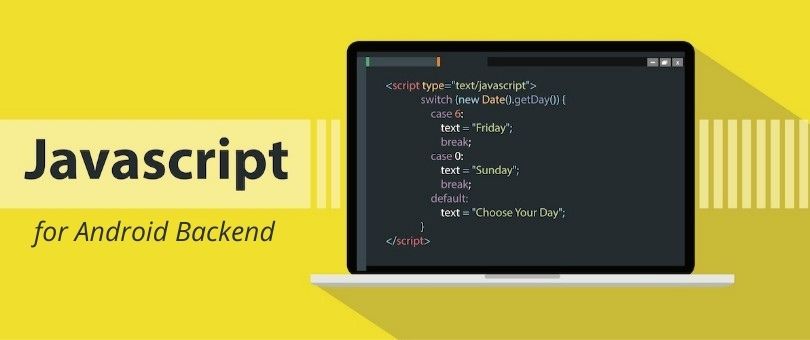
The JavaScript programming language is straightforward for development, encouraging software developers to abandon more complicated and time-consuming alternatives. It means that your application would not become outdated in a few years or that other programmers will easily interpret your code.
This indicates that JavaScript is an essential programming language to have in the developer toolbox. Either you practice in the frontend, backend, or full-stack development.
For the backend development of Android apps, developers use a form of JavaScript known as Node.js. This framework, among several other aspects, enables a developer to manage data changes from the frontend and create robust network frameworks capable of handling multiple concurrent user requests.
Android App with Node.js Backend
Because of its highly lightweight and high versatility, Node.js has increased in popularity considerably in recent years. Node.js has an extensive library of JavaScript plugins to make programming easier. Because of its open-source architecture, Node.js has grown in popularity for web and mobile app production. As per the modern trends, the usage of Node.JS is widespread in developers. Around 39,566 websites in the US are using Node.js for Android development.
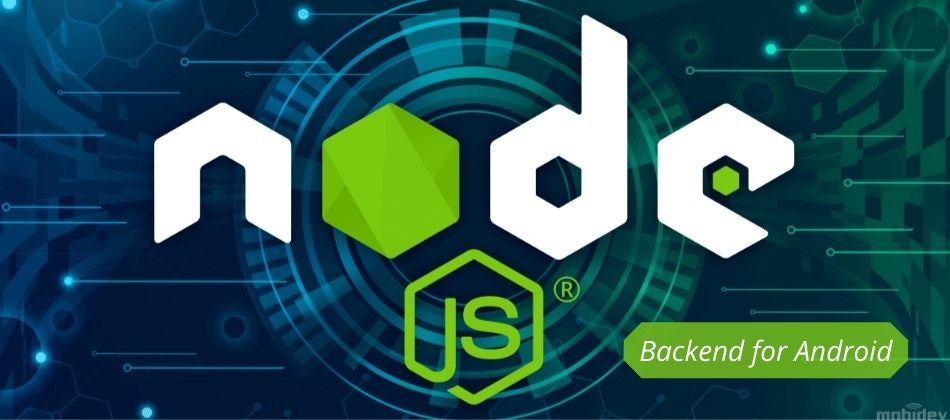
Some of the popular websites and apps with backend developed in Node.js are:
- Netflix
- PayPal
- Amazon
- eBay
- Groupon
Find out more examples here: 12 Types of Applications You Can Build with Node.js
Node.js is an Android backend framework that is easily deployed. if you want to learn the complete deployment of Node.js in the android backend visit the following link.
However, if you want to create a special kind of management system, you can get the complete tutorial here. Furthermore, if you are curious about “How to include external libraries by requiring modules and events and callbacks. follow the guide given in this link.
Pros and Cons of Node.js
| Pros | Cons |
| Asynchronous occurrence IO aids in the processing of parallel requests. | Node.js does not support scalability. One CPU would not suffice; |
| It makes use of JavaScript simple to understand. | Node.js is unsuitable for CPU-intensive operations. |
| Use the same piece of code on either the client or server. | If anyone starts Node without first jumping into JavaScript, he will run into conceptual issues. |
| NPM, the Node packed plugins, has now grown to enormous proportions and is also expanding | Any time you use a callback, you end up with a plethora of recursive callbacks. |
Android App with PHP Backend

When it relates to using PHP backend for Android applications, it is a fantastic programming language. It necessitates Android login as well as authentication, which are very normal and necessary circumstances. When performing the following operations, it is preferable to use PHP:
- Collect form data
- Create dynamic web material
- Transfer cookies
- Create command-line scripting
- Create server-side scripting
Android App with a Laravel Backend
Although Laravel is by far, the most looked about PHP frameworks, thrown in for good measure when we look at vast diversity. It integrates that adaptable functionality into the apps. Modular packaging solutions are also used. You may also build new routes of the same name as an existing route. It’s because Laravel can generate unique URLs for it.
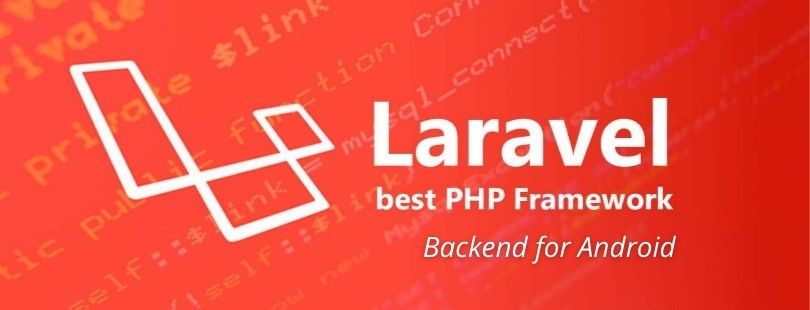
Laravel Application has 14,945 developments in the US. Additionally, 133,509 websites are using Laravel. Below are the applications that are created with Laravel backend:
- Traffic junky
- vejo.site
To start the installation of Laravel, visit the following link and choose your OS.
If you want to create a Rest API for Laravel and also want to create an android application with Laravel interaction. Follow the given guide.
However, if you want to create a new application in Laravel with complete database connectivity, click here.
Pros and Cons of Laravel Framework
| Pros | Cons |
| It has an MVC (Model View Controller) layout. | Development is slower |
| The blade template engine makes it simple to incorporate some kind of reasoning into an HTML file. | It is a modern medium for developers to learn; amateur developers have difficulty expanding codes and courses. |
| Laravel has an impressive abstraction process for abstracting multiple tasks. | In comparison to other sites, community participation is limited. |
| Laravel offers a streamlined approach to any form of dependency injection. | All of the approaches used in the backward routing process are complicated. |
Symfony Backend for Android Apps
Symfony is built as a set of distributed components. Any module in a Symfony project can be replaced, and any Symfony element can be taken and used in a non-Symfony program. Symfony components may be helpful as programming samples, and they are found in many open source projects, including Drupal, phpBB, and Codeception. 13,806 websites use the Symfony framework in Android apps, whereas 2,766 applications are created in the US.
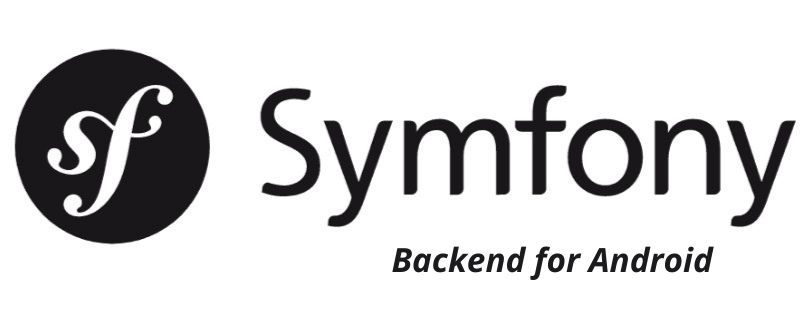
Some Popular Applications of Symfony framework are:
- Tvtime
- Mainichikirei
- Osdn
To create an android application with the Symfony framework, you need to start the installations and set it up. Follow this guide to perform the process.
Furthermore, if you want to add a multi-environment setup or environmental variables, have a look at the guide given here.
Pros and Cons of Symfony Framework
| Pros | Cons |
| Symfony encompasses all aspects that one would expect from a PHP framework; it can be a one-stop shop for the relatively low modules you might use while creating a PHP program. | It’s difficult to criticize Symfony for much these days. There are security vulnerabilities from time to time, but they are usually appropriately addressed and quickly patched. |
| Symfony is an entirely modular library that allows you to use only the bits you need, plug them into other programs, and supplement or bypass parts of it along with other repositories. | If you don’t need a setup, Symfony can be a powerful option. This isn’t necessarily a flaw with Symfony because it allows you to use only the modules you need. |
| Symfony works well with other codes. |
Python Backend for Android App
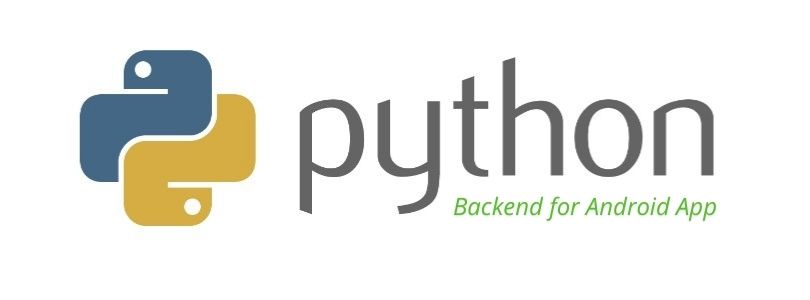
Python is becoming a more popular programming language by the day. Developers are also developing an Android app with a python backend. It is a highly protected programming language with many built-in libraries, so certain functions do not need to be programmed, and you can just insert the code from the repository, and you’re finished. Furthermore, Python programming is device-independent, meaning it can run on any device. So, if you don’t want to write codes, Python is the wiser choice.
Android App with Django Backend
Django is a Python-based open-source platform that differs from independent server solutions such as Spring, Rest API, and ASP.Net, to list a few. Django, like every other MVC architecture, employs the prototype architectural form. Overall, almost 83359 applications are developed in the world, whereas the US is leading with 18759 applications.

Popular applications written using the Django framework are:
- Opera
- Noodlemagazine
- Pixabay
- Bitchute
If you are a beginner and want to start developing Android app with the Django backend tutorial,get started here
To create the backend of an android app with the Django framework follow this guide.
If you want to create a Django backend for the Android app, you can follow this link
Pros and Cons of Django framework
| Pros | Cons |
| Simple to grasp and comprehend | Template defects are silently ignored. |
| A solid and engaged society, as well as a diverse library system | It looks a little overloaded with small projects |
| From middleware to ORM to serializers and view sets, all of these modules operate together to speed up production and improve the app’s code. | URL identifying with regular expressions is a complex process. |
Android App with Flask Backend
Flask is a flexible framework that is often referred to as a micro framework. Flask has certain standard features and allows users to include an unlimited number of libraries or extensions with an upgrade. Flask is a good option if you need to apply an easy, creative use case to an existing program because it is flexible. Flask has a short collection of simple APIs.
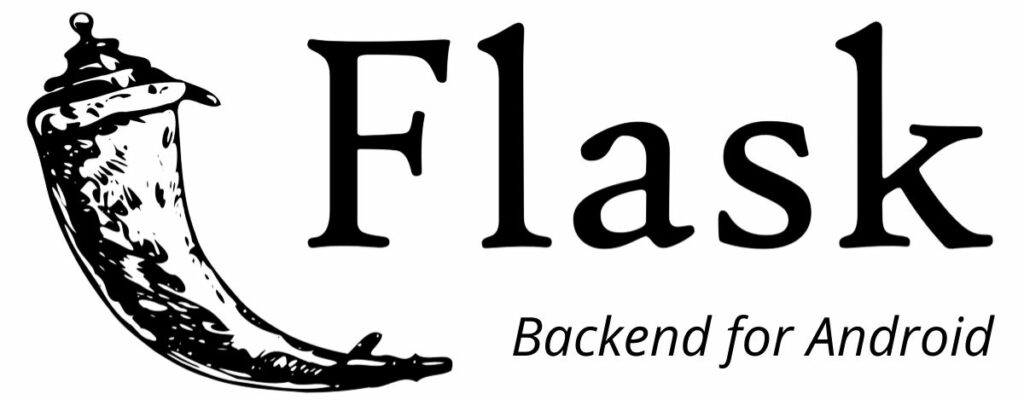
Around 11465 developers stated that they are using the Python Flask framework for their Application development.
Following applications have used Flask framework for backend development:
- Netflix
- Lyft
- trivago
To create an Android app with Flask framework, with all its basic installation to database connectivity and complete app development; you need to follow this guide.
However, if you are a beginner and want to learn each and everything regarding Flask from its app layout to deployment with complete testing, learn here.
Pros and Cons of Flask framework
| Pros | Cons |
| Simple to comprehend the creation | It has a single source, which ensures it can address each request one at a time. |
| A few flask pieces that cannot be modified or altered due to their simplicity and modern design | Adding extra modules is seen as third-party interference, which may result in a significant security violation. |
| Allows for unit monitoring through its support services, built-in development server, swift debugger, and soothing request executing |
Java Backend for Android App
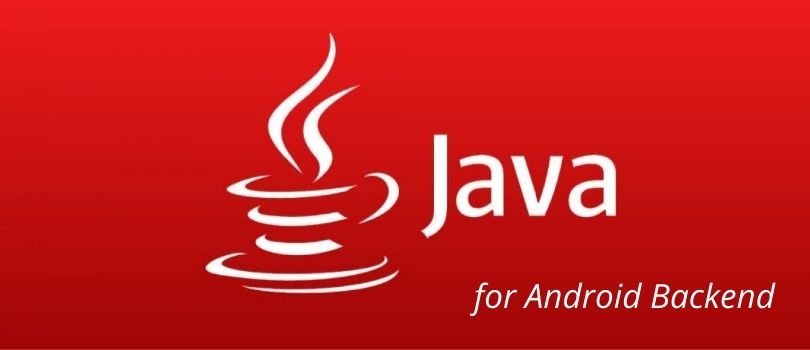
The Java backend is a versatile memory management system. It allows for multi-threading of backend infrastructure. Its key advantages are adaptability and security. Using Java for the backend allows for cross-platform use.
Android App with Spring Boot Backend
The popularity of Spring as a system is primarily attributed to the success of Java as a language. In terms of performance and security, the Java Virtual Machine is hard to challenge. Spring is an application context controller and power inversion framework. In general, when you build new entities in a Spring application, those objects are managed by Spring. It also ensures that the things have access to the resources that they need. Spring also has modules for writing to databases and developing online applications.
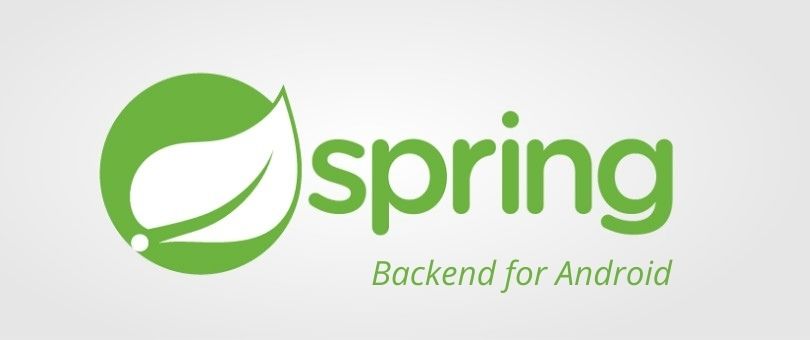
The overall usage of the Spring framework in Android apps is 2112. However, Finland is leading in this market with around 350 applications, whereas the US has about 232 applications created with Spring.
Following are the applications that are created by using the spring framework.
- Udemy
- Deleokorea
- Trivago
- CRED
- Hepsiburada
- ViaVarejo
- Platform
Are you thinking of building an application in spring framework? if yes! don’t worry, follow this guide and get started.
However, if you want to MVC Application with Spring Framework, this tutorial is all you need.
Pros and Cons of the Spring framework
| Pros | Cons |
| Flexible Configurations | There are no clear guidelines |
| The AOP Module – Developers have the option of using multiple configuration units or a different classloader. | Spring has a variety of variables and complexities. |
| Testing is Easier | It provides developers with an extensive range of alternatives which creates uncertainty. |
Conclusion
We have discussed multiple backend languages for Android app development, every language also has the pros and cons of its frameworks. It’s a complex challenge to choose the one and best possible language for your application. The key to select the best opt is first to consider all your requirements, then choose the appropriate backend language for the Android app.
If you have any difficulties with choosing a suitable language or framework for the backend of your android application, contact us for a free consultation – we will help you choose the best option for your project.

Subscribe to us










